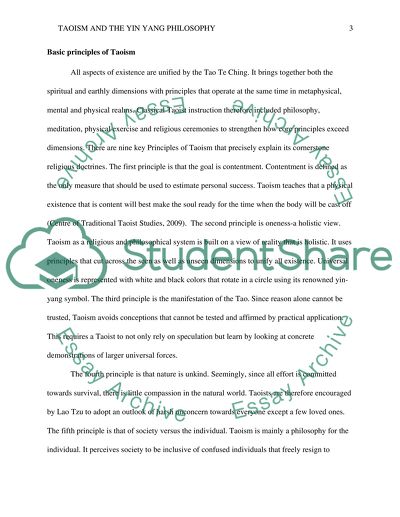Cite this document
(“Taoism and the Yin Yang Philosophy Essay Example | Topics and Well Written Essays - 2000 words”, n.d.)
Retrieved from https://studentshare.org/philosophy/1470168-taoism-and-the-yin-yang-philosophy
Retrieved from https://studentshare.org/philosophy/1470168-taoism-and-the-yin-yang-philosophy
(Taoism and the Yin Yang Philosophy Essay Example | Topics and Well Written Essays - 2000 Words)
https://studentshare.org/philosophy/1470168-taoism-and-the-yin-yang-philosophy.
https://studentshare.org/philosophy/1470168-taoism-and-the-yin-yang-philosophy.
“Taoism and the Yin Yang Philosophy Essay Example | Topics and Well Written Essays - 2000 Words”, n.d. https://studentshare.org/philosophy/1470168-taoism-and-the-yin-yang-philosophy.


